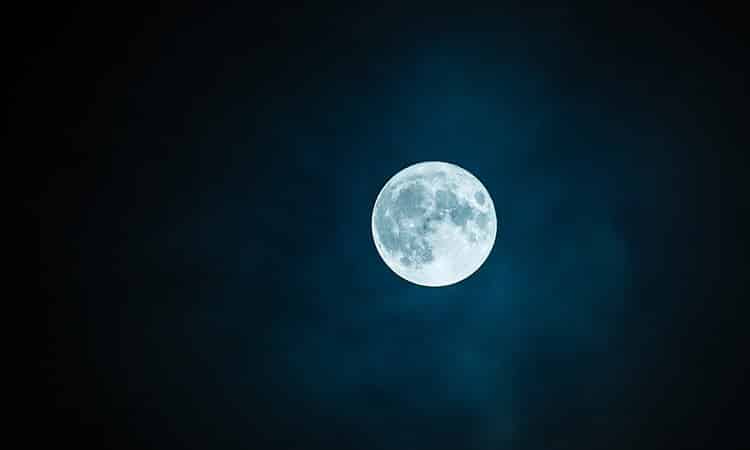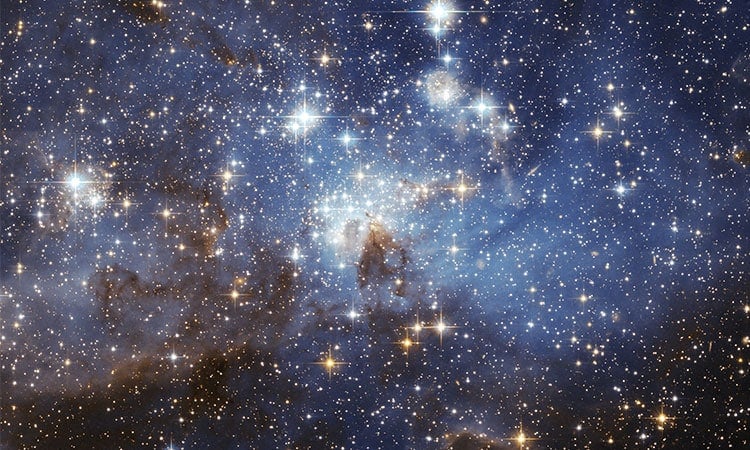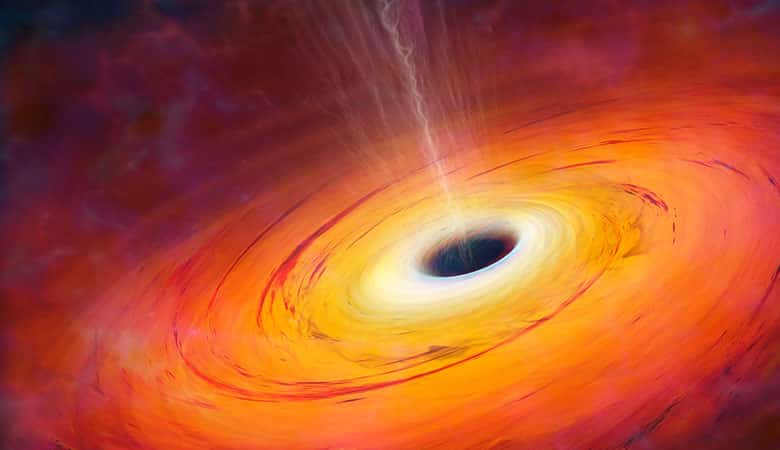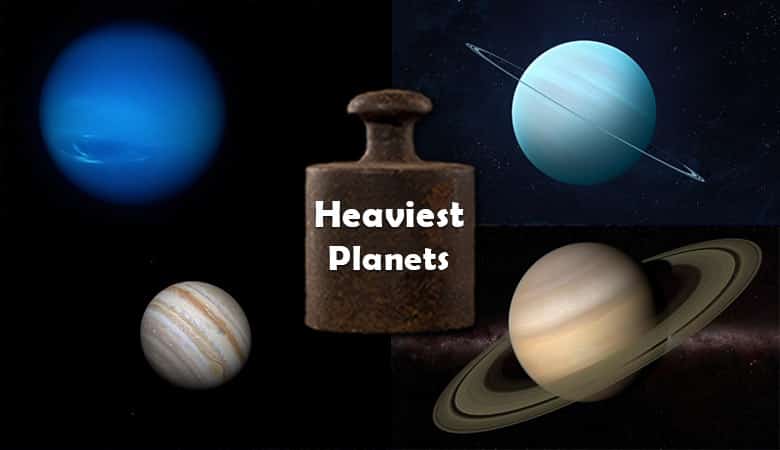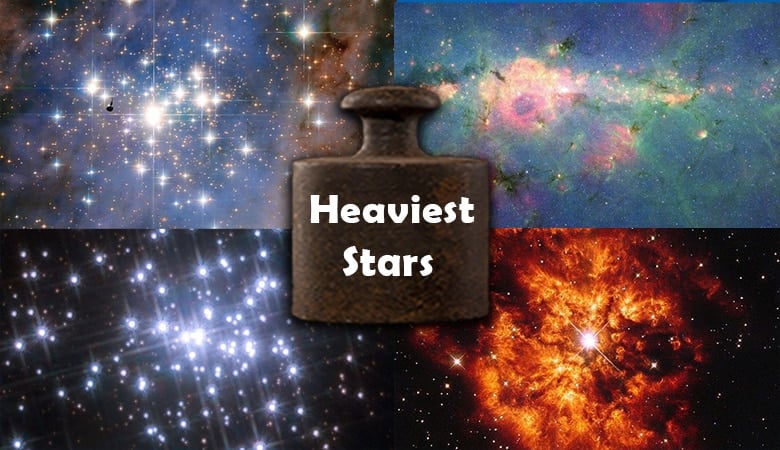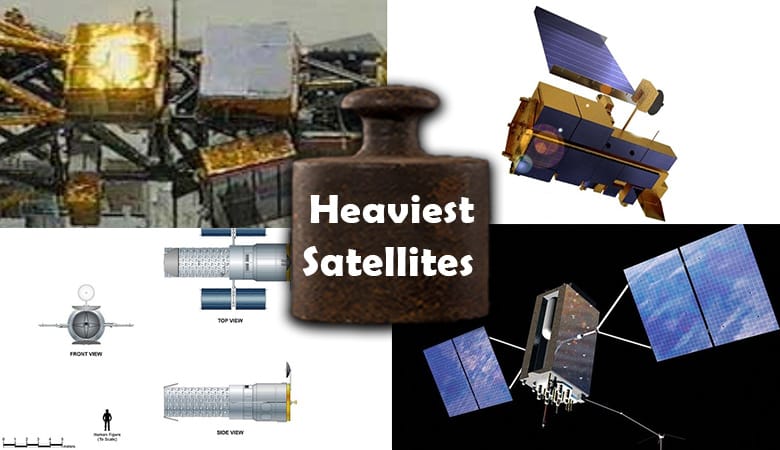Asteroids are tiny stony and metallic objects that circle the Sun but are not large enough to be termed planets. Minor planets are what they’re called. Asteroids range in size from Ceres, with a diameter of around 1000 km, to pebble-sized asteroids.
There are sixteen asteroids with a diameter of 240 kilometers or more. They’ve been discovered from within Earth’s orbit to beyond Saturn’s. The majority, on the other hand, are confined inside a primary belt that runs between Mars and Jupiter’s orbits. Some of them have orbits that intersect Earth’s path, and some of them have even collided with it in the past.
In this piece, you’ll learn about some of the heaviest asteroids in the universe. Read on to learn more if this excites you!
1. Ceres
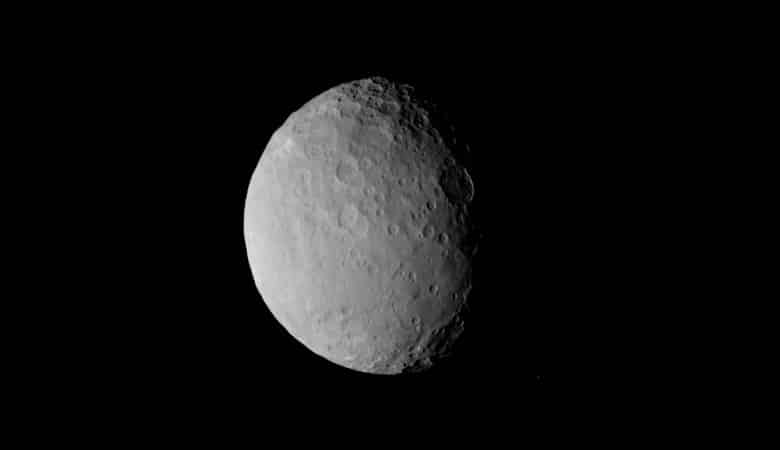
Ceres is the biggest asteroid in the asteroid belt between Mars and Jupiter’s orbits. Ceres was the first asteroid discovered by Giuseppe Piazzi at the Palermo Astronomical Observatory in Sicily, on January 1, 1801. It was originally classified as a planet, but with the discovery of hundreds of additional objects in similar orbits in the 1850s, it was reclassified as an asteroid.
Because it is the only asteroid large enough for its gravity to make it plastic and keep it as a spheroid, it was classed as a dwarf planet in 2006. It is 940 kilometers (580 miles) in diameter and weighs 947,000,000,000,000,000,000 kilograms.
2. Vesta
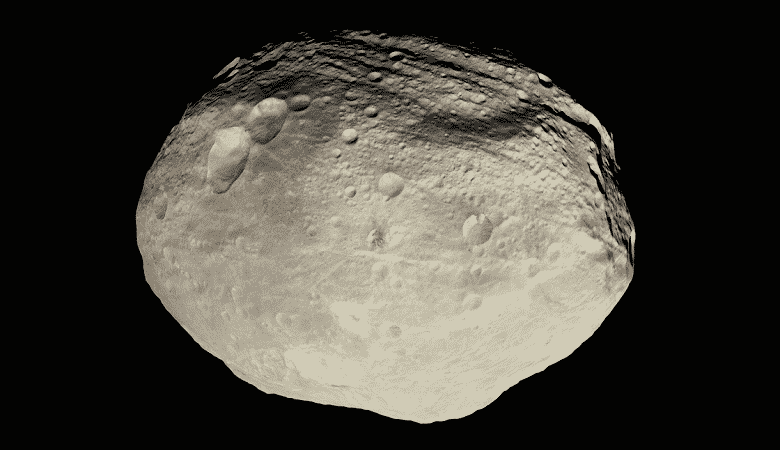
Vesta is the second-largest asteroid in the solar system, measuring 525 kilometers (326 miles) in diameter and located between Mars and Jupiter in the asteroid belt. It accounts for around 9% of the overall mass of the whole belt. It has an axial tilt of 29 degrees and an orbital time of 3.63 years. This asteroid is on a list of objects being considered for dwarf planet status. Vesta has a gross weight of 2.6 × 10^20 kg making it one of the heaviest asteroids in the universe.
3. Pallas
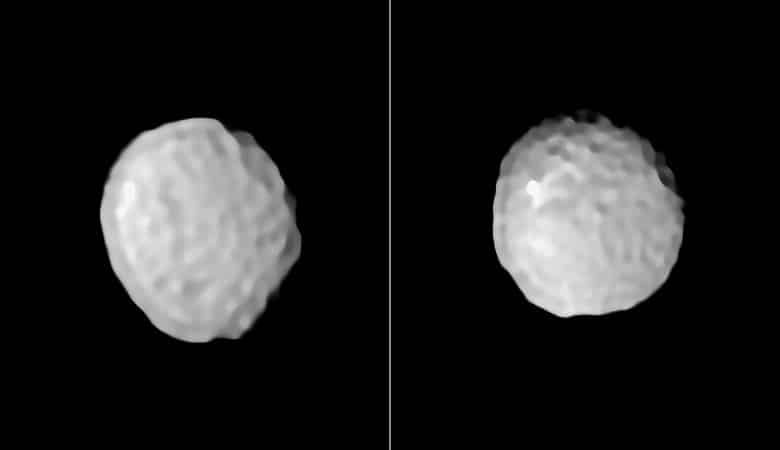
Pallas is the second asteroid found, following 1 Ceres. It is thought to contain a mineral composition comparable to that of carbonaceous chondrite meteorites, however it is far less hydrated than Ceres. It is the Solar System’s third-largest asteroid in terms of both volume and mass, and it is most likely a leftover protoplanet. It has a mass of 79 percent that of 4 Vesta and 22 percent that of Ceres, making it around 7% of the mass of the asteroid belt.
Its estimated volume is the same as a sphere with a diameter of 505 to 520 kilometers (314 to 323 miles), or 90–96 percent of Vesta’s bulk. Also, Pallas weighs 2.108 × 10^20 kg which earns it a slot among the heaviest asteroids in history.
4. Hygiea
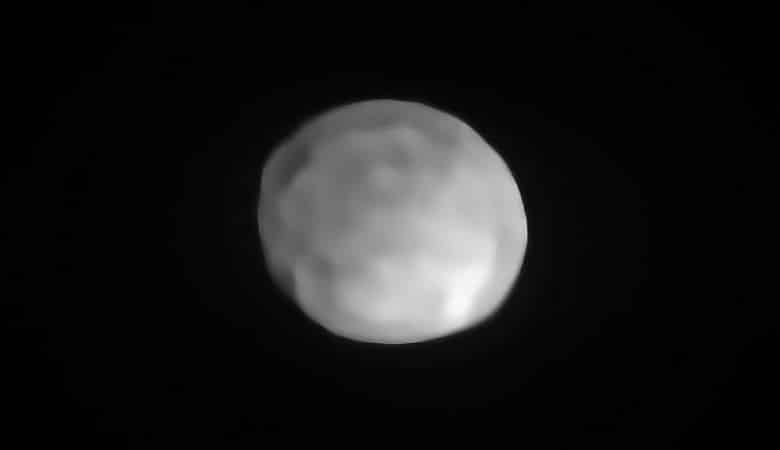
Hygiea is the fourth biggest asteroid in our solar system, measuring between 350 and 500 kilometers (217 and 300 miles). Due to its mass and form, it is also considered a dwarf planet rather than an asteroid. It is classified as a C-type asteroid since it has a carbon-based surface. Hygiea weighs 87 x 10^18 kg.
5. Lutetia
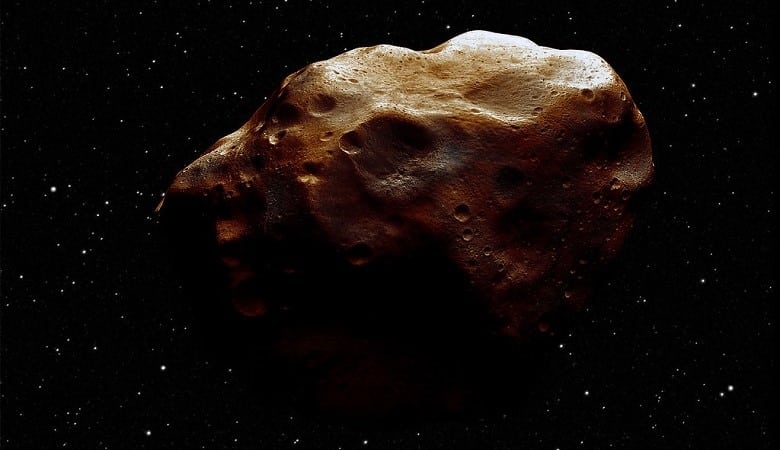
Lutetia is a big asteroid with an uncommon spectral type found in the asteroid belt. It has a diameter of around 100 kilometers (120 km along its major axis). Hermann Goldschmidt found it in 1852 and called it after Lutetia, the Latin name for Paris.
Lutetia is cratered and has an uneven form, with the biggest impact crater measuring 45 kilometers in diameter. The surface is geologically heterogeneous, with a pattern of grooves and scarps that are assumed to represent fractures running across it. Its average density is high, indicating that it is composed of metal-rich rock. Lutetia has a gross weight of 1.7 × 10^18 kg.
6. Davida
This asteroid has a diameter of 270 to 310 kilometers (167 to 192 miles) and accounts for 1.5 percent of the belt’s total mass. It’s black and difficult to notice due to its low albedo of 0.054–0.066. It’s a C-type asteroid, which indicates it possesses a carbonaceous chemical that gives it its black color. Davida sits among the top asteroids in the universe with a weight of 43.8 x 10^18 kg.
7. Interamnia
704 Interamnia is a massive asteroid of the F-type. It is the fifth-largest asteroid, after Ceres, Vesta, Pallas, and Hygiea, with a mean diameter of roughly 330 kilometers. Its average distance from the Sun is 3.067 kilometers (AU).
Vincenzo Cerulli found it on October 2, 1910, and called it after the Latin name for Teramo, Italy, where he worked. With a mass estimated to be 1.2 percent of the mass of the whole asteroid belt, it is most likely the fifth to tenth most massive asteroid. Interamia is one of the heaviest asteroids in the universe with a weight of 35 x 10^18 kg.
8. Eunomia
In the inner asteroid belt, Eunomia is a massive asteroid. After 3 Juno, it is the biggest of the stony (S-type) asteroids. It is a large asteroid, ranking 6th to 8th in size amongst others. It is the biggest Eunomian asteroid and is thought to hold 1% of the asteroid belt’s mass.
Annibale de Gasparis discovered Eunomia on July 29, 1851, and called it after Eunomia, one of the Horae (Hours), a Greek mythological embodiment of order and justice. With a bulk mass of 30 x 1018 kg, Eunomia remains one of the heaviest asteroids in the universe.

